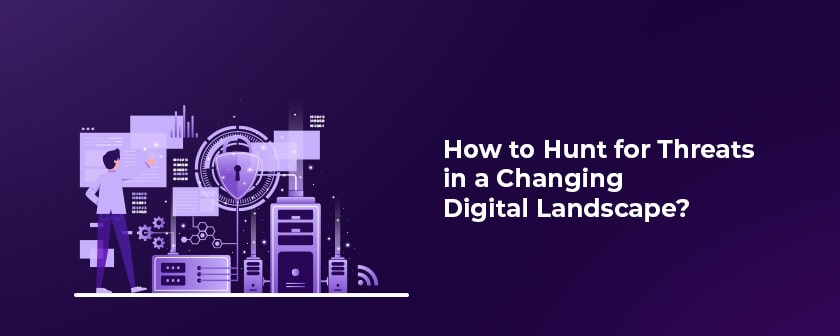The Internet has revolutionized human interactions and business. However, along with the ease, what has risen is the unpredictability of the entire ecosystem. While rapid technology changes open new doors and opportunities, what is true is that there is also a chance for catastrophic situations to break out if threats are not properly analyzed and mitigated.
What is Threat Intelligence?
Threat intelligence is a collective term used for the process of collecting and analyzing information from various sources regarding cybersecurity threats and using the same to formulate strategies to minimize and mitigate any identified risks.
GRhombustech, among the top penetration testing companies in UK and among the best cyber security companies in India, has put together some tips on how to hunt for threats in a changing digital landscape.
1) Have a Proactive and Collaborative Approach
Always assume that the company’s data is at risk, even if nothing untoward is noticed. With this mindset, if any digital interaction or customer requirement is analyzed, it helps one get a better hang of things and raise appropriate questions early in the engagement process.
A collaborative approach across different wings of the organization is the key to success. In the case of large organizations with a global footprint, there is often the inadvertent development of silos mainly because of operational and time zone differences, among others. The easiest method will be to bring all stakeholders on a common platform so that proactive threat analysis is conducted and actionable insights are implemented at the earliest. This will prevent any gaps from arising or loops from being exploited.
2) Look Outside the Firewall
With the increasing use of BOYD, endpoint protection becomes really important. This is something we have discussed in our previous blogs (hyperlink to the endpoint security blog). Hence, an analysis from an all-around perspective is the best approach to take to mitigate threats. This includes any touchpoint like cloud accounts, servers, websites, etc. While it is no doubt that firewalls will continue to play a major role in ensuring perimeter security, one needs to broaden the scope and look at all touchpoints that connect to the Internet, both within and outside the defined perimeter.
3) Be Data-Driven
The use of datasets like WHOIS data, SSL certificates, network logs, and passive DNS can be valuable in analyzing any perceived suspicious activity and attacks. While nefarious actors are plenty, they will still leave some sort of a digital footprint before and after they execute an attack. As an example, WHOIS data can be used to analyze ownership records. This can then be used to pinpoint suspicious patterns or compile an attack timeline using domain registration or expiration periods. It also helps in the case of identifying compromised hosts and any domains that may have been hijacked.
Another interesting area of study can be host pairs wherein re-directions to website pages are compromised. Artificial intelligence and machine learning can be used to automate and analyze the large amounts of data collected. But this will require some investment and skilled resources to drive the same.
4) Participate in Forums
Threats are constantly evolving, and hence, it is always useful to be a part of security forums and discussions. Being a part of this larger group also widens one’s exposure and builds on existing knowledge. Common problems in threat hunting like false leads and alarms, handling of unconnected systems, and other cases can also be discussed in these areas openly.
Why Grhombustech?
Grhombustech is a leader in offering cyber security solutions and is a trusted information security partner for leading companies in Europe and USA. We take pride in customizing security programs per customer needs and offering flexible and elegant solutions. Our experts deliver detailed analysis and documentation along with comprehensive mitigation and testing solutions at every step.
Apart from cybersecurity, we are also a leading software development company in UK. Established in 2014, GRhombustech has delivery centers in India at Hyderabad, Chennai, and Bengaluru, and partner offices located in the USA and the Netherlands.
For additional details, please contact us.
